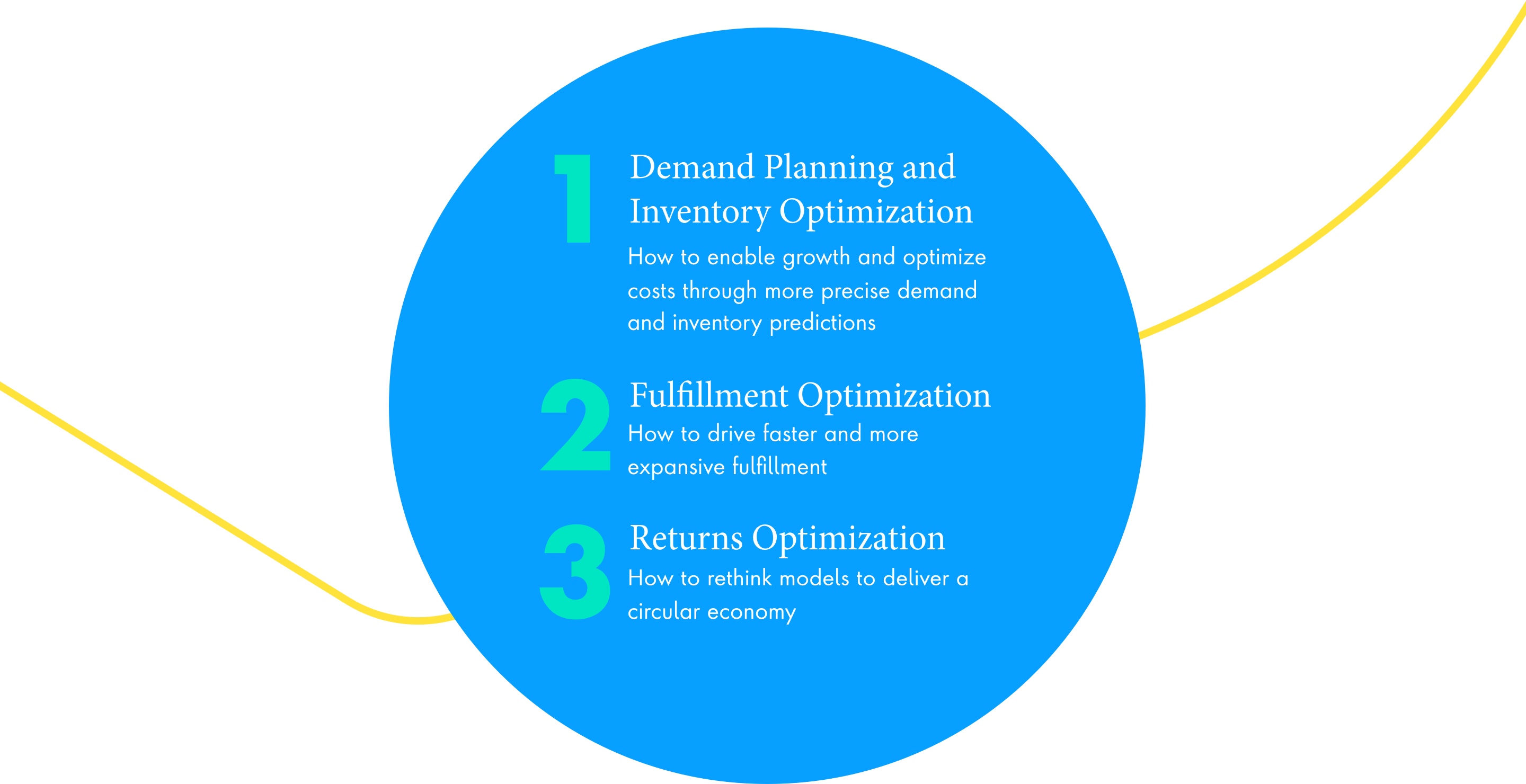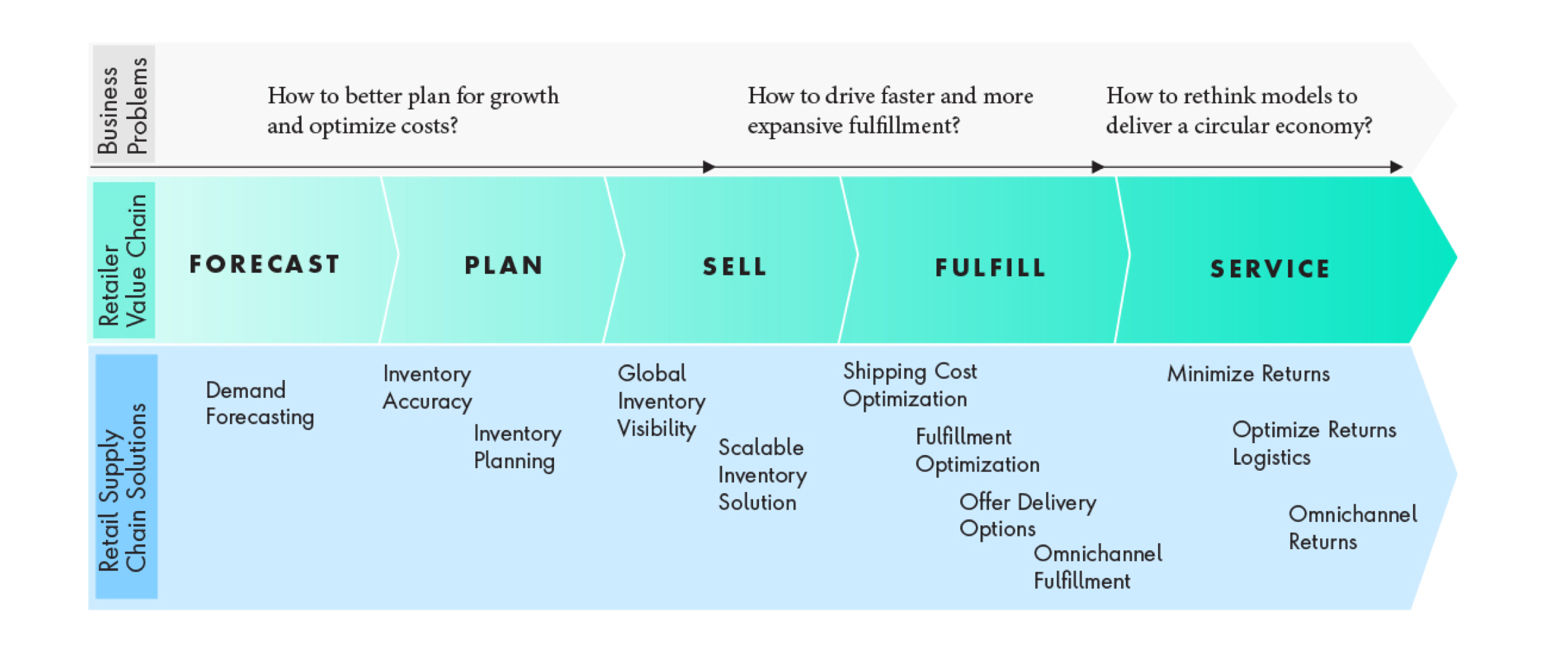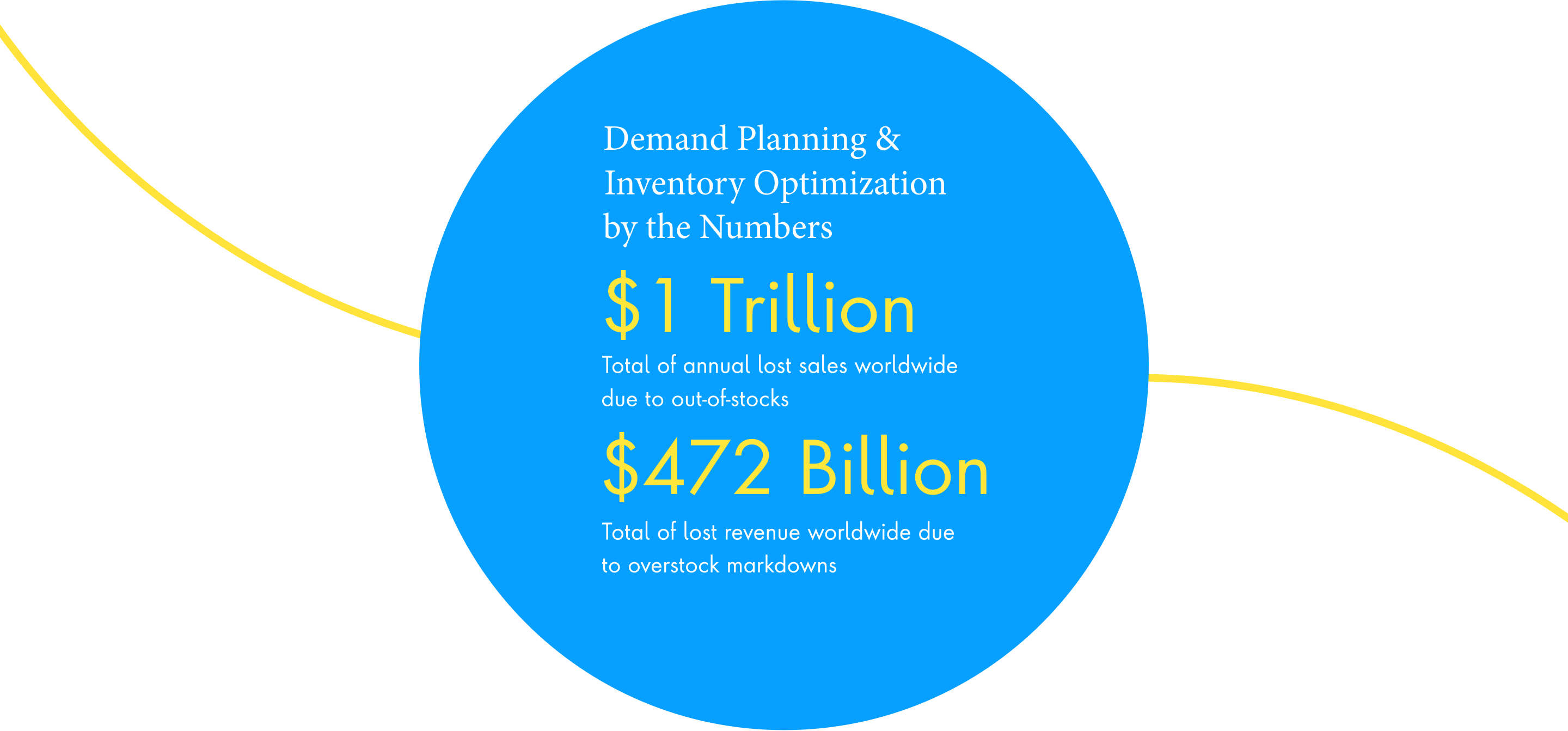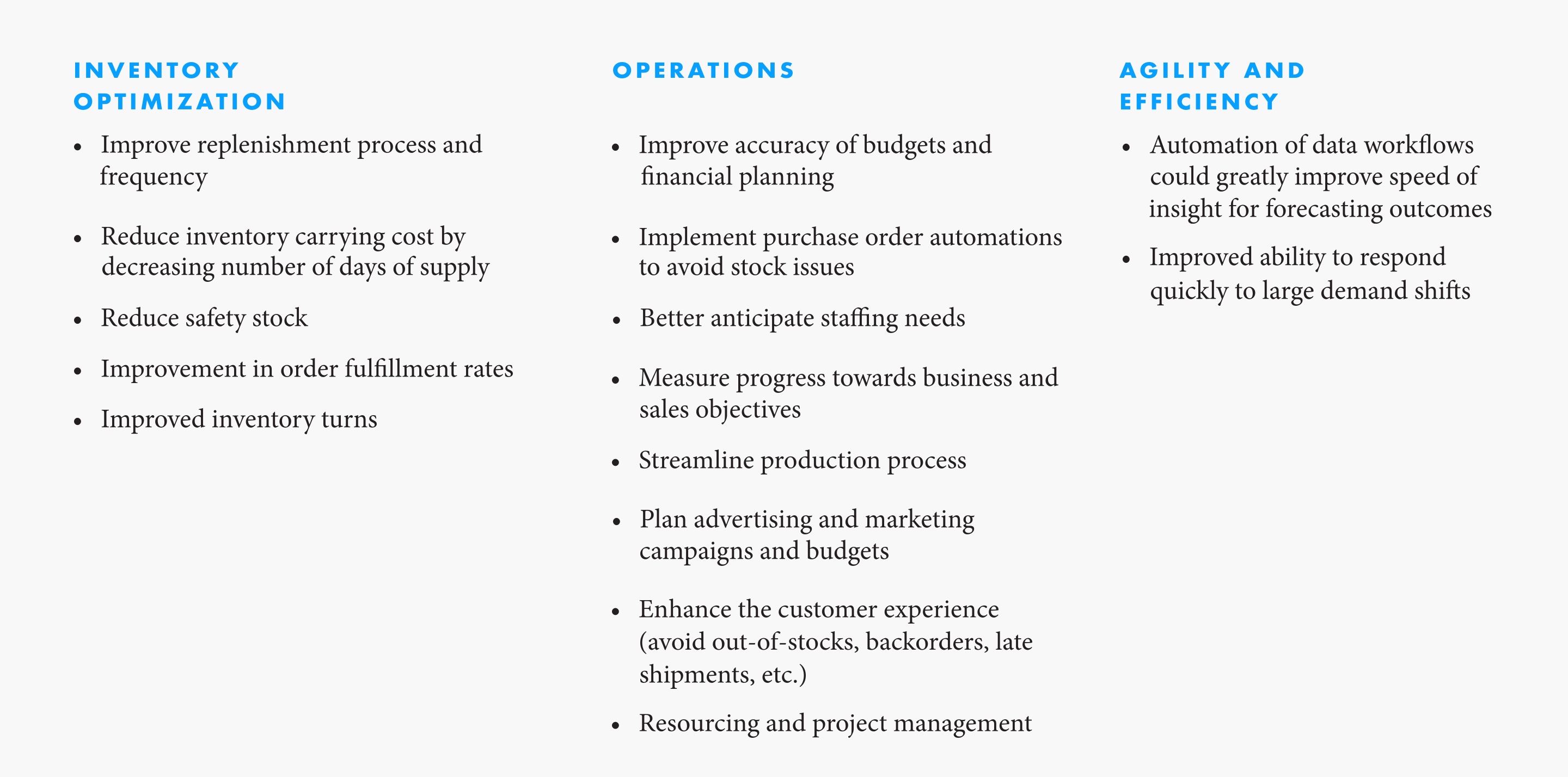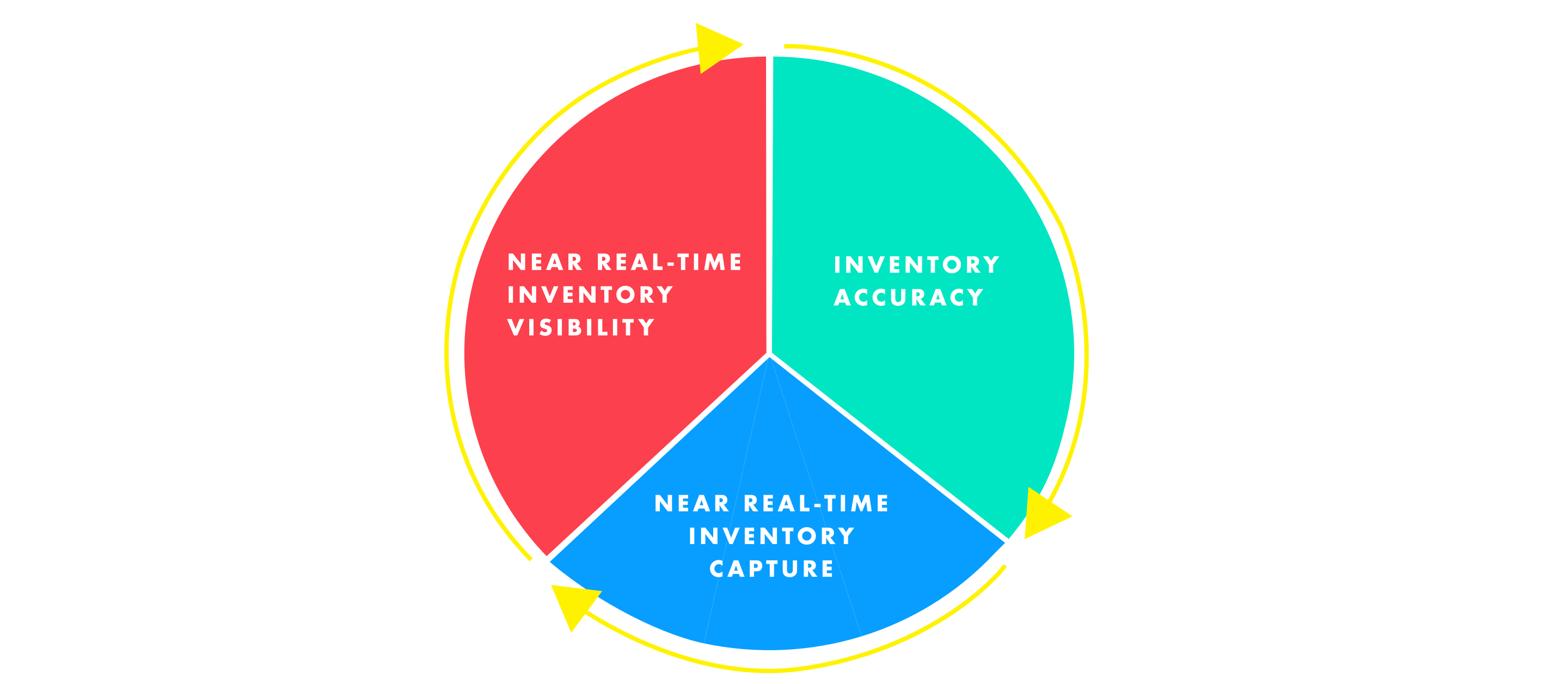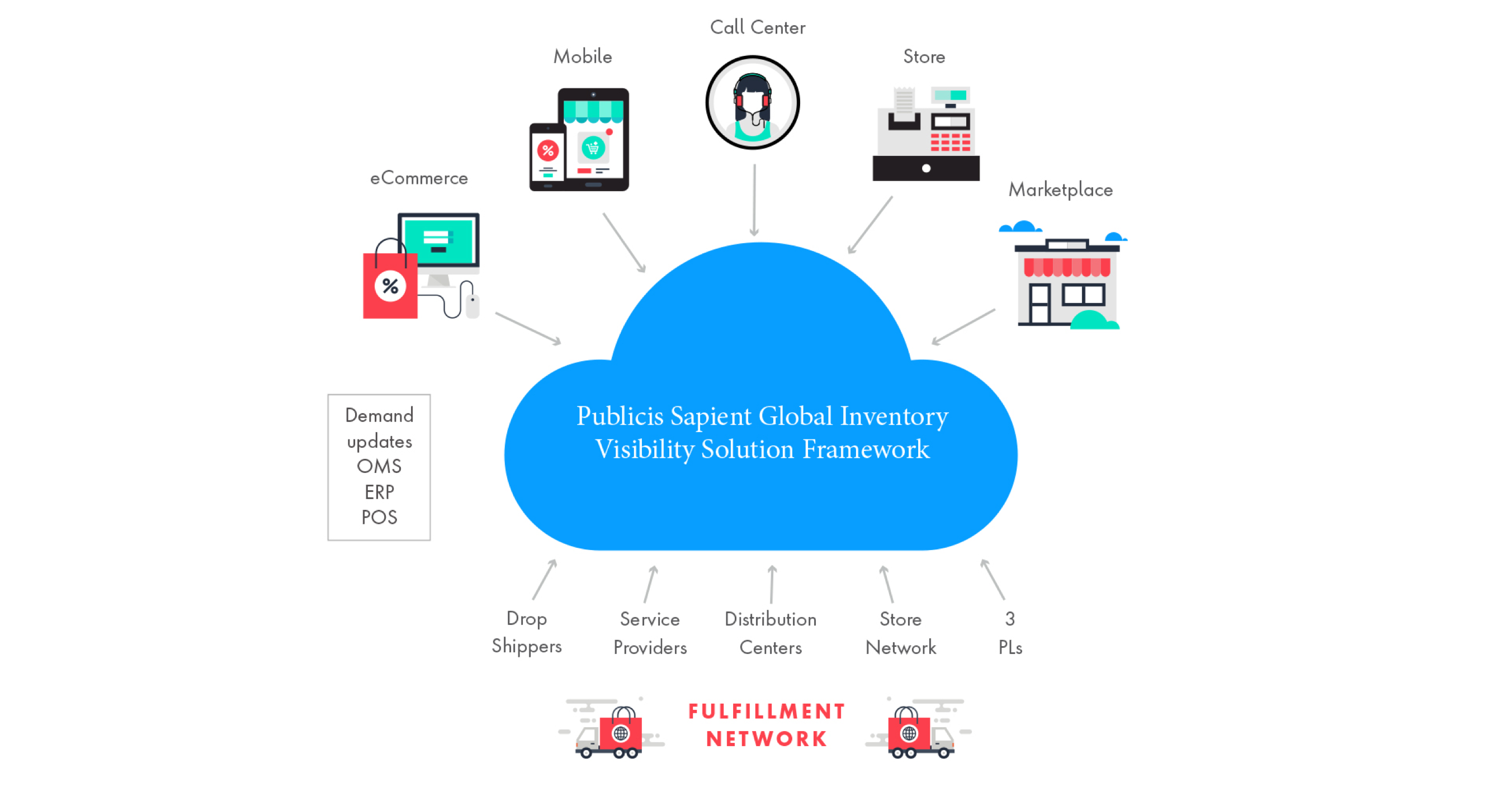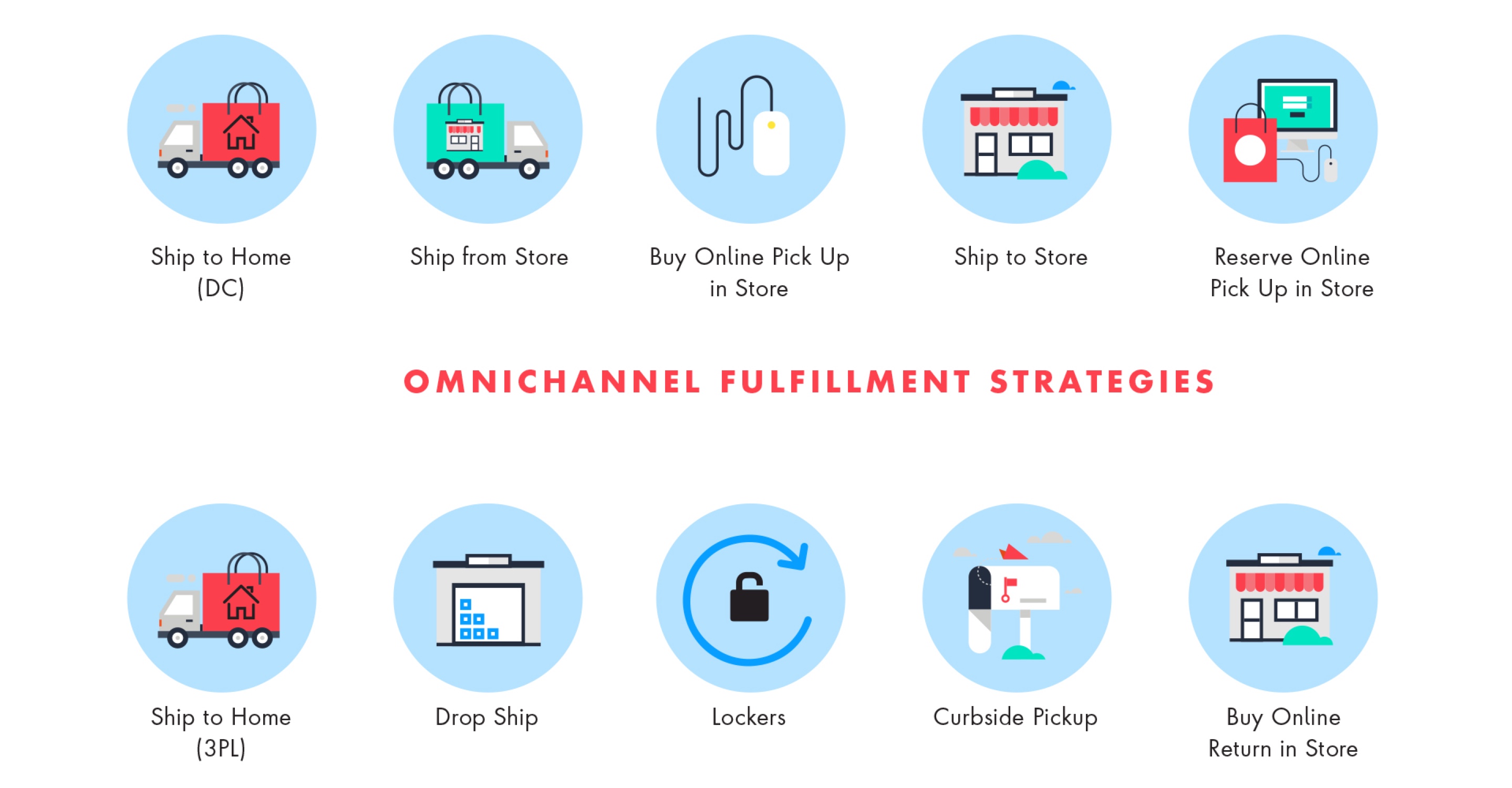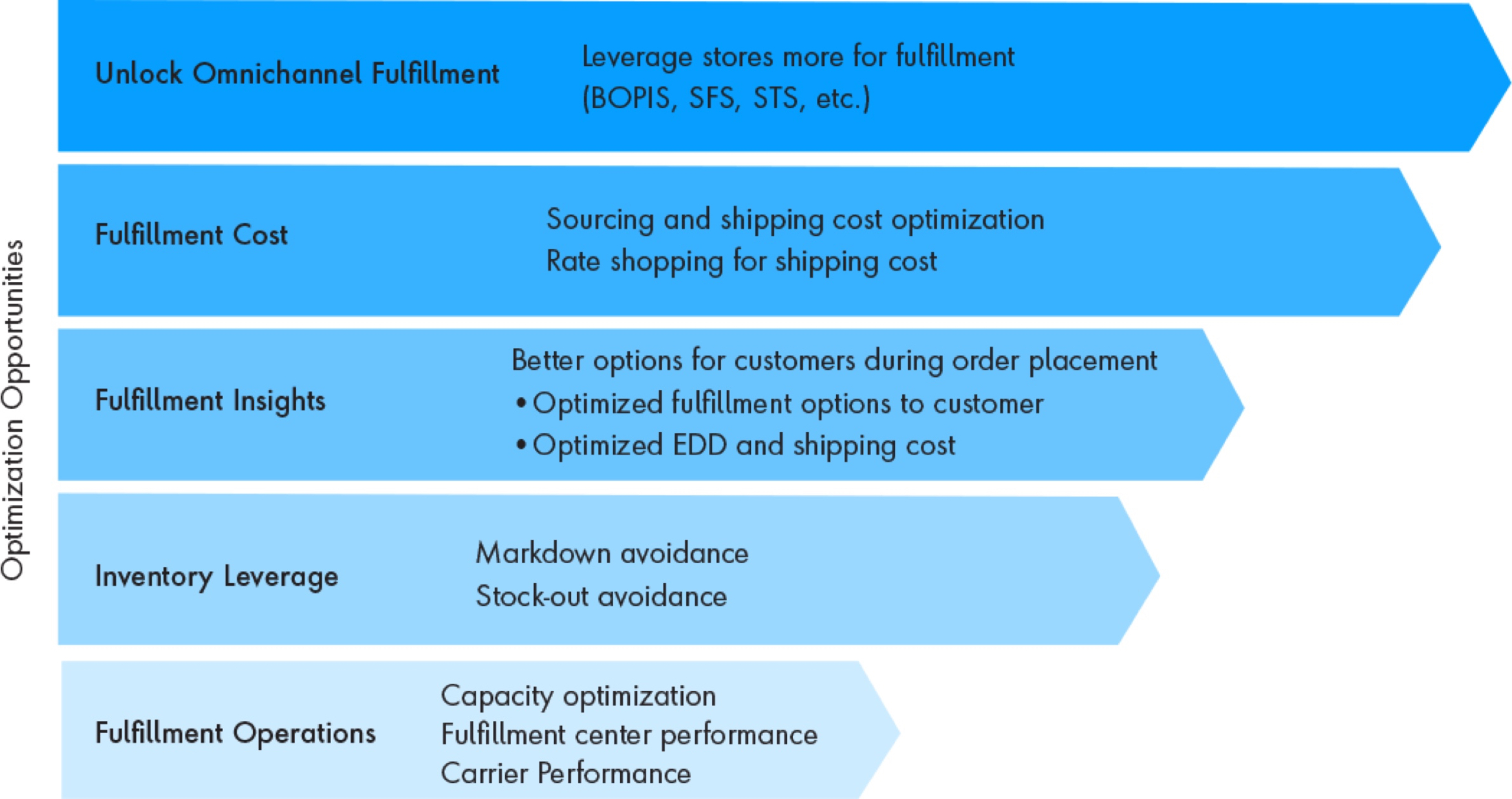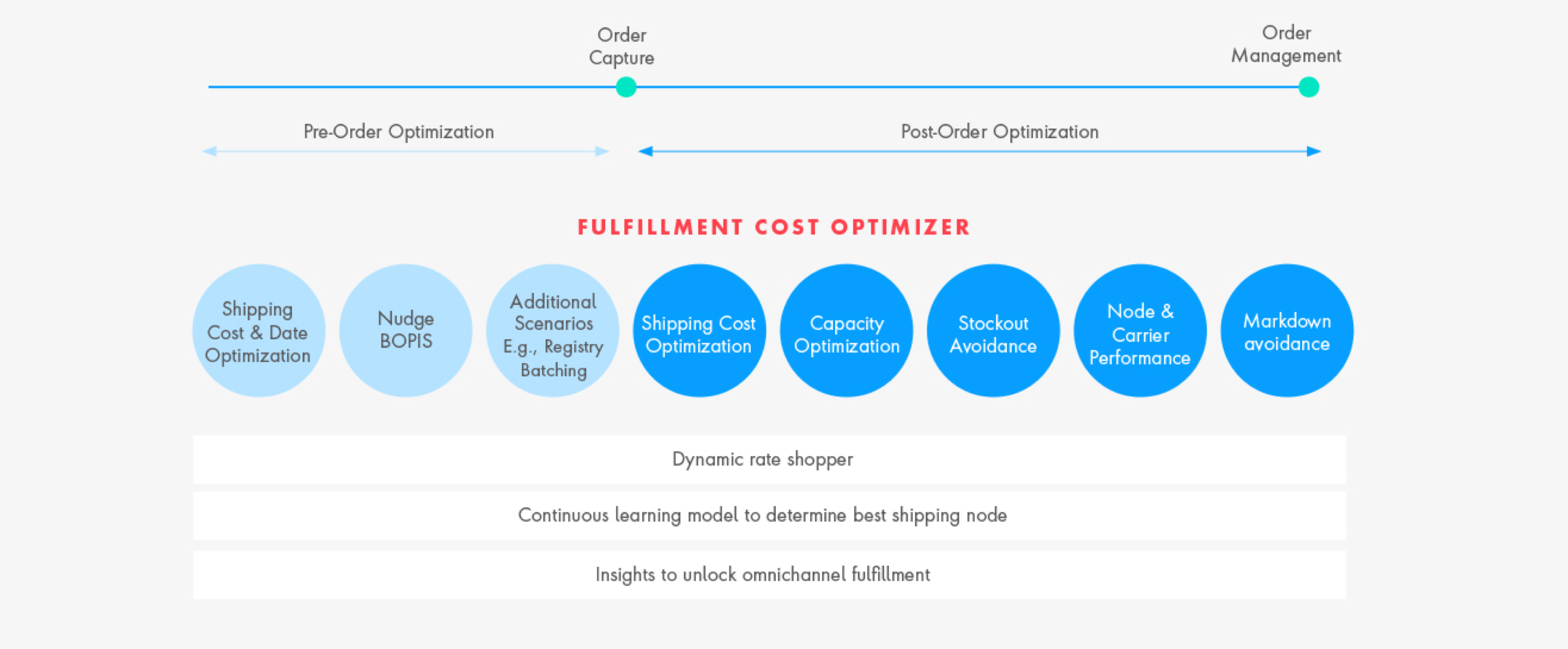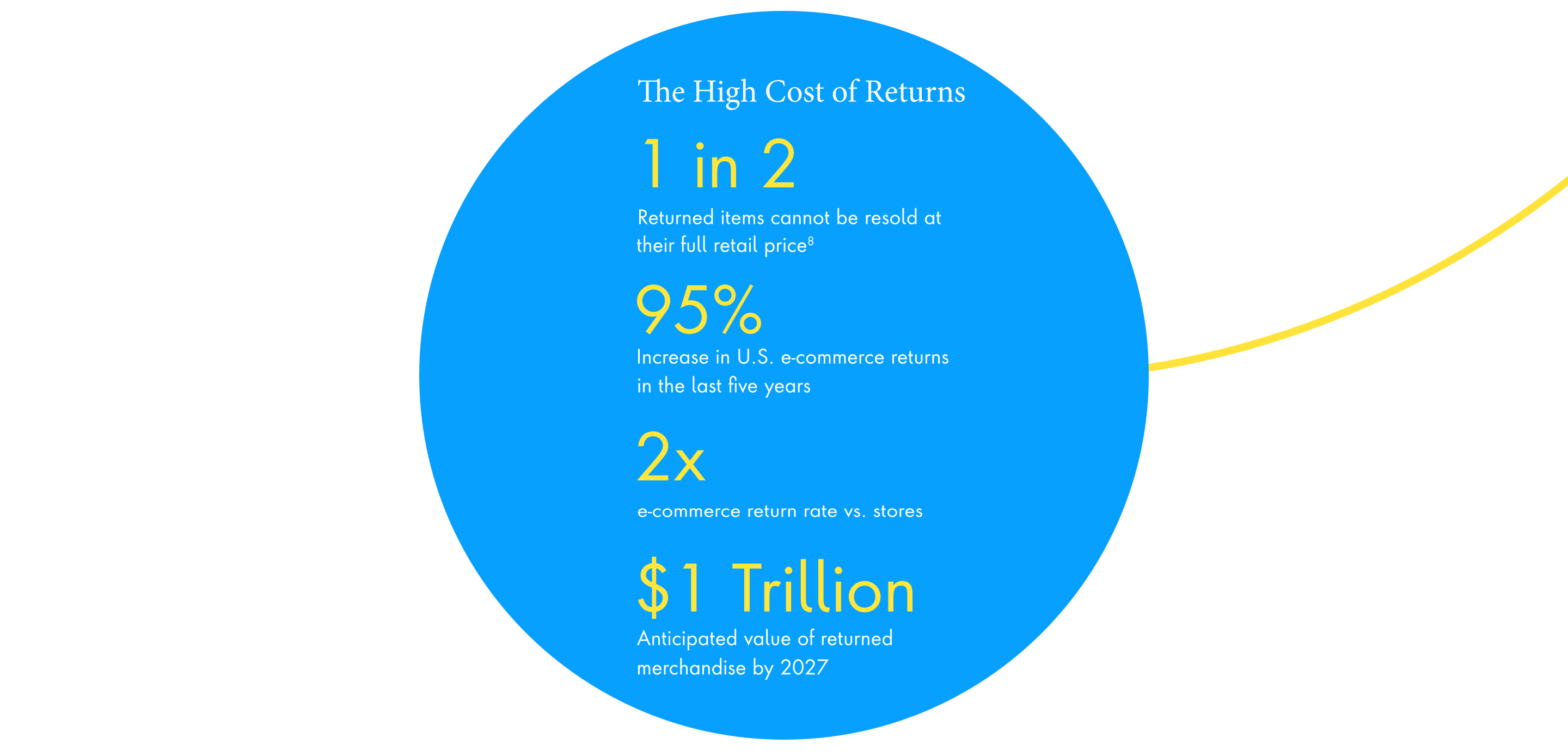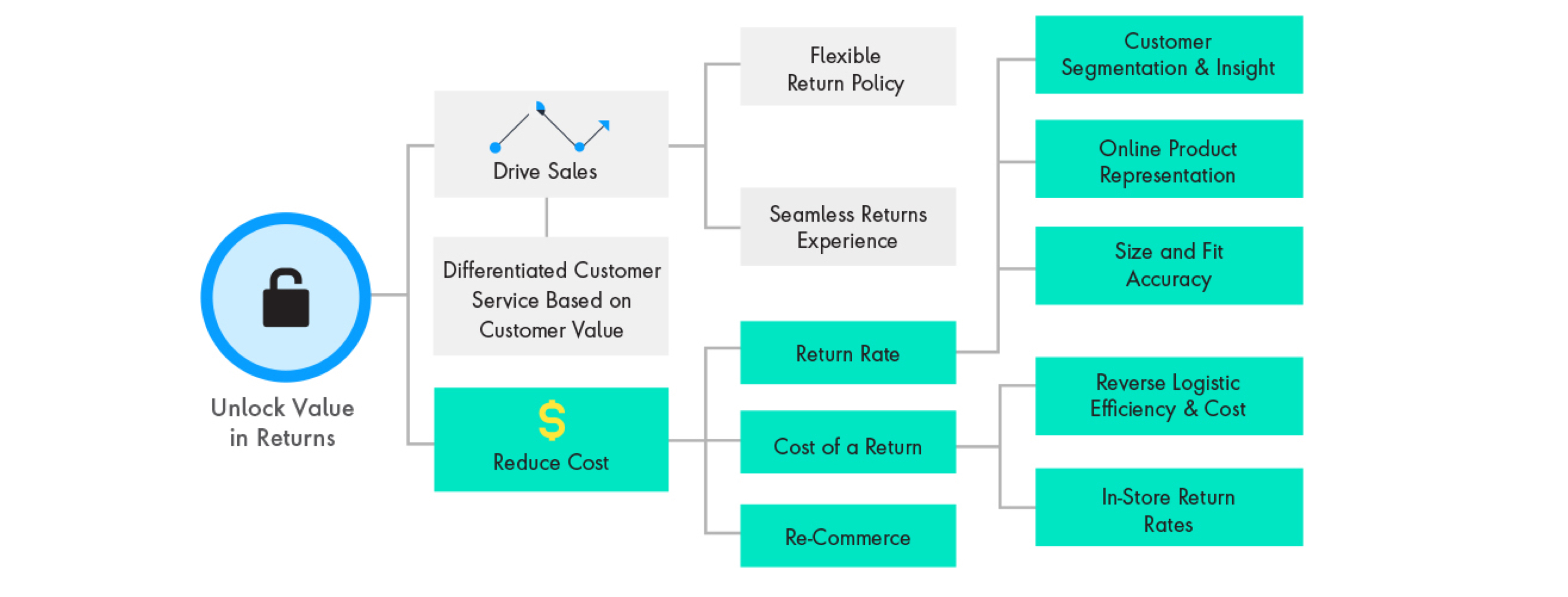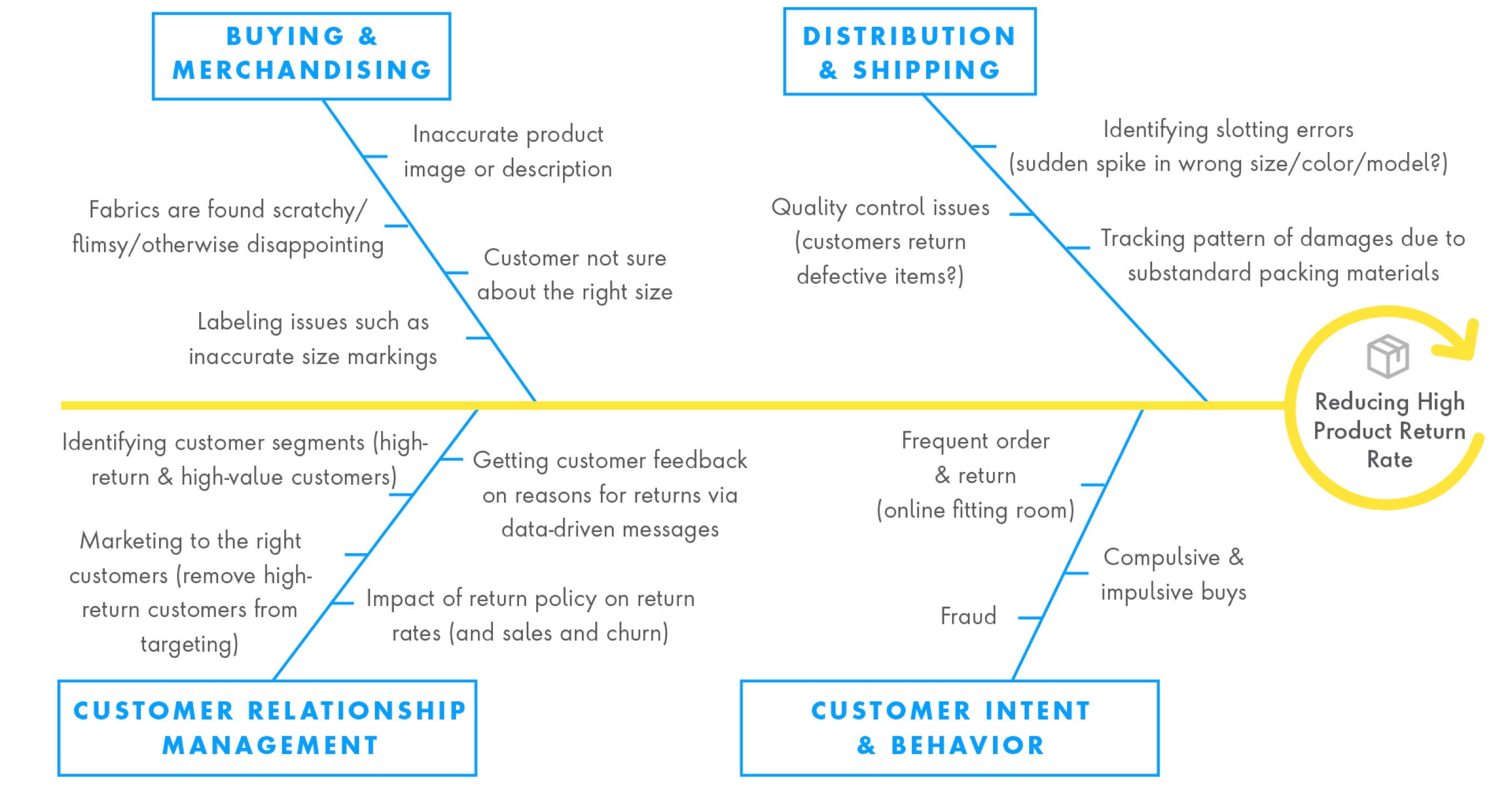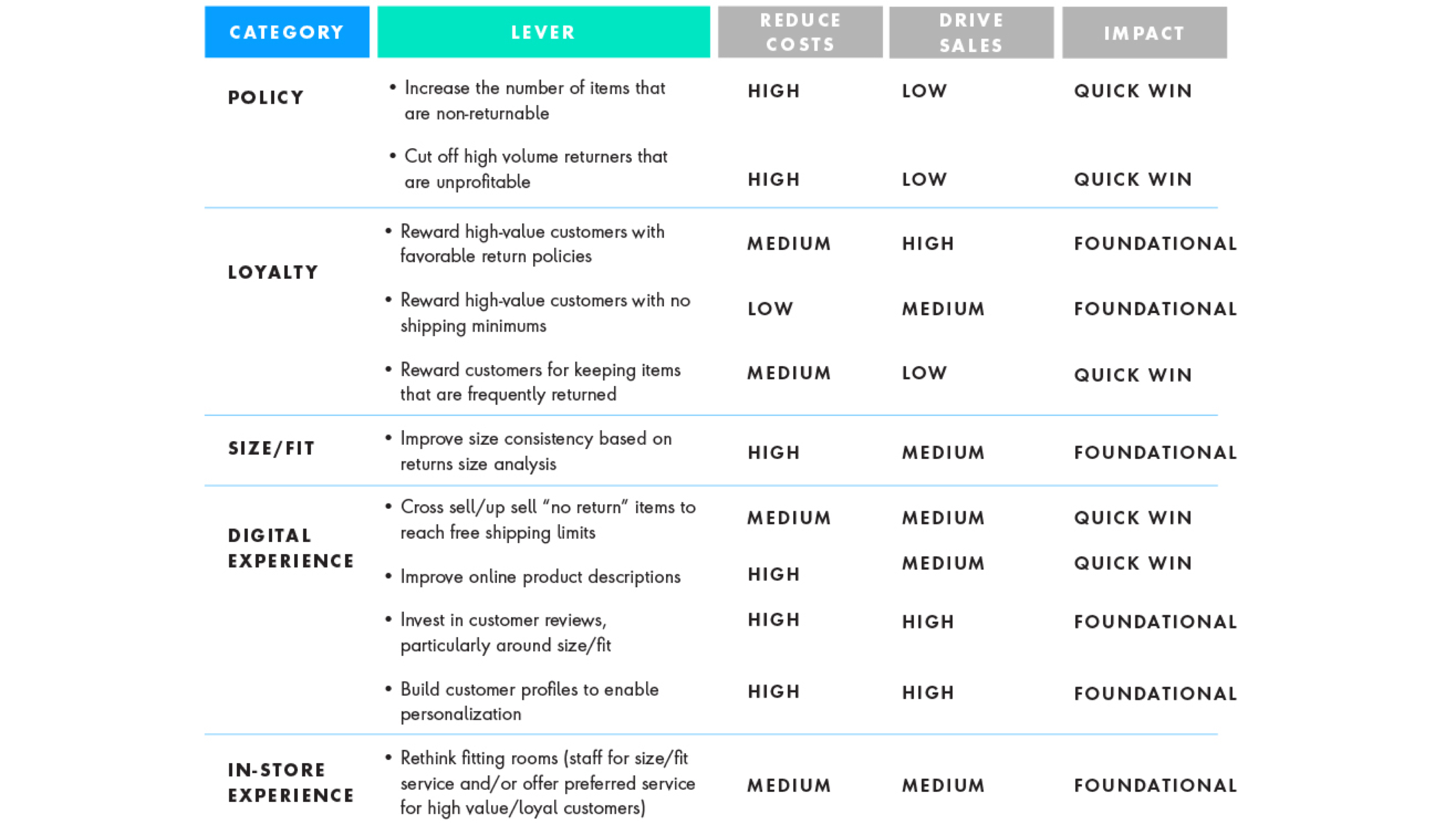In the modern retail landscape, demand planning is most accurate when a business considers both internal and external data to inform predictive models. Internal metrics may include historical sales numbers, ad spend, digital traffic and in-store footfall. The business may also consider external factors, such as consumer trends, weather, and holiday spending. The insights generated from these models can be used to develop sales predictions which can then be tracked in real time. While accurate demand planning takes some of the guesswork out of inventory, this capability also helps organizations improve agility and flexibility.
For example, an accurate demand planning tool will take seasonal weather and local climate into account when selecting inventory and determining product levels. However, if an area experiences unexpected extreme weather, such as heavy snow and ice, the system will detect upticks in related purchases, such as shovels and rock salt and restock inventory before it runs out. On the other hand, this system will identify sluggish sales on other items and enable the business to consider promotions, offers or other advertising efforts to help generate interest before drastic markdowns need to be taken.
One leading grocer had an 80 percent success rate in its current demand forecast, which meant that items were not selling as predicted 20 percent of the time. This resulted in unnecessary overstocks and costly out-of-stocks, squeezing the bottom line from both ends. An AI-based demand forecasting system with machine learning was able to produce a more accurate picture of inventory needs, reducing the error rate to just over 5 percent. This represented a 75 percent improvement over the current system and resulted in significant savings for the organization.










